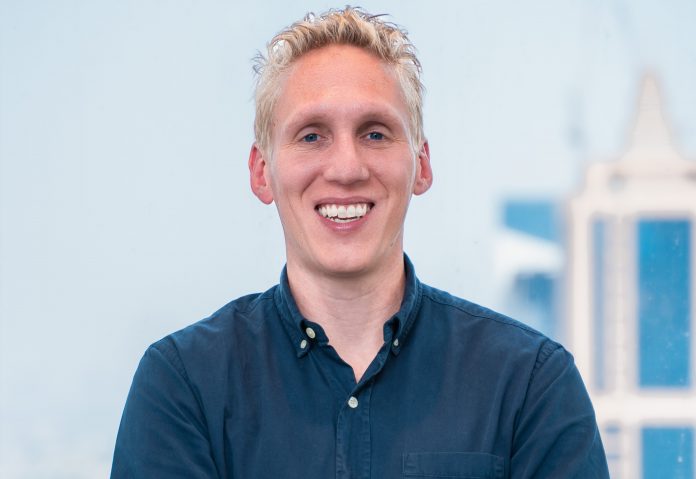Does the growth equity funding of 120 million euros raised from motive partners represent an endorsement of your engagement banking strategy?
Yes, I think it does. It is a testament that we, at least to our view, are definitely on the right track. I think our investment over the last few years has been fully on this engagement banking vision. So basically, a platform model which we believe is to be the only viable business model for any bank. So, I think it’s a testament that together with Motive Partners, we can only put more body weight into the long-term vision we have as a company.
Motive Partners are a FinTech specialist private equity firm. So, what might their investment with Backbase be saying about the future of banking?
I think that it showcases that if you have the right focus, the right vision, that there’s still a lot of opportunity momentum and that banks also need to fortify their technology with the right partner in order to be still relevant for their, let’s say, target audience. Because they’re being attacked via different means, large tech and NEO banks, so with the Backbase platform, they will be enabled to also compete in that digital space. So, I think it’s a testament that banks are definitely there for the long term and that they are getting equipped to fight those battles.
Do the demographics of the Middle East provide a more accepting or better-suited environment for platform-based engagement banking activities than other regions?
I think it does because the demographics typically in most, let’s say, GCC markets is a relatively young population. So, they are even more, I think, familiar with instant gratification of services, whether that’s watching TV, ordering foods, ordering a taxi. Compared to, let’s say, Europe that are typically the demographics of a typical bank in terms of total portfolio, it’s more of a mixed nature. So, there you typically also still have non-digital users who still prefer to walk into a branch because that’s how they’ve been doing banking for years and years. So, I do think the GCC, in particular, is an even better-suited market for this more digitally enabled way of servicing their customers. It doesn’t mean that there’s not necessarily a place for the branch, I think it’s just the nature of the branch will probably be slightly different than perhaps how it is reflected in Europe or some of the other markets.
Are you noticing an increase in competition in the regional banking and financial services industry technology markets?
I think yes and no. I think our competition is typically two or threefold. So, one, it’s sometimes still the internal IT organization of a bank, which also has a desire or appetite to build up their own competence and therefore build up their own platform. So, I think there, you still have that, sometimes friction or competition, if you will.
I think the second one is, in the GCC you have a lot of established players, so people or companies like Oracle or Temenos who have a very big install base and they capitalize on that install base to also position their digital platforms. But fundamentally they’re more oriented and coming from a different background.
And what you also see more recently is more specialized players. So, in the GCC you have a company like Aon or Codebase, so there are these more Backbase type of companies that are more focused on the GCC, which brings an advantage. They have more proximity sometimes and they invest so heavily for more market-specific assets. So that is definitely a competitor group of companies that we see in the market.
What are your short- to medium-term plans for that base in the Middle East?
Short-medium term for this year is to get more proximity in the region. So, we’re actually expanding the Dubai hub substantially because of the demand we see in the market. That demand is predominantly in KSA at the moment. So, the strategy there is just to have both proximity from Dubai for the larger region. And then in KSA, we have opened up a small entity recently, and we’re thinking of hiring probably at least four to eight FTE to do more program project support. Because a lot of the clients that we are already having and hopefully will soon on board, they’re quite in favor of having some proximity from, let’s say, people that can really guide and coach them in the initial stages of the journey. So, the current plans are focusing on Dubai, expanding the current hub, but also the one that we have in KSA. So probably we’re looking at 30 to 50 people hopefully towards the end of the year that operates from those two main locations. And then a lot of the capacity to do projects will still also be from more remote delivery centers, which are both in India, Poland, or the Latin American office.











